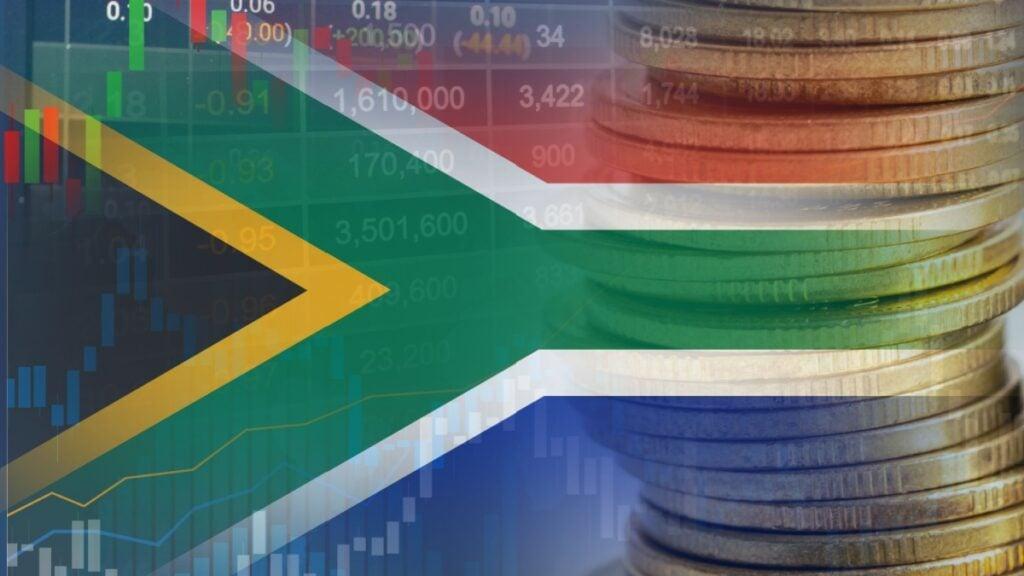Africa-Press – South-Africa. FNB economists have warned that South Africa’s economy remains stuck in a low-growth trajectory, with the low level of private sector fixed investment a significant concern.
FNB economists Mamello Matikinca-Ngwenya, Siphamandla Mkhwanazi, Thanda Sithole and Koketso Mano recently commented on South Africa’s first quarter GDP data.
South Africa’s GDP growth in the first quarter of 2025 was a modest 0.1% quarter-on-quarter and 0.8% year-on-year.
Most sectors, particularly the productive ones such as construction, mining, and manufacturing, recorded contractions.
The economists explained that, while household consumption expenditure growth was maintained, the demand side of the economy reflected ongoing declines in government consumption, exports, and total fixed investment.
They stated that a particular concern is the sharp 4.5% quarter-on-quarter decline in private sector fixed investment, which also contracted by 4.7% year-over-year.
“Investment remains subdued as a share of GDP, reflecting a weaker investment climate amid persistent macroeconomic and policy uncertainty,” they said.
“The benefits of the economic reforms implemented thus far are taking longer to materialise, as evidenced by the continued weakness in fixed investment.”
Private sector fixed investment remains constrained at around 10.1% of GDP, well below the 15.7% recorded at the end of 2008.
They said export volumes also remained subdued, constrained by both a challenging external environment and persistent domestic logistical bottlenecks.
“This is reflected in real net exports remaining in deficit since the beginning of 2011, excluding the pandemic year of 2020,” they said.
Exports accounted for 27.8% of GDP in 2024, down from 30.1% in 2007, indicating subdued export-led growth.
“The outlook for exports remains clouded by ongoing global tariff uncertainty. It will be critical for the Government of National Unity (GNU), alongside exporting businesses, to strengthen trade relations with existing major partners while exploring new export markets,” they said.
Considering this prevailing weakness in private sector investment and subdued business confidence, FNB revised its 2025 growth forecast down to 1.0%, from 1.3% previously.
However, positively, the economists still expect growth to rise towards 2.0% by 2027, supported by ongoing structural reforms and cyclical tailwinds, including easing inflation and interest rate cuts, which should bolster household consumption.
“Overall, our near-term forecasts balance weak investment trends with a gradual recovery in consumer spending,” they said.
“However, risks remain tilted to the downside, particularly for fixed investment, given the still-fluid macroeconomic and policy environment.”
The graph below, courtesy of Stats SA, shows South Africa’s gross fixed capital formation rate (%) from the first quarter of 2022 to Q1 2025.
Accelerated reform needed
PPS Investments’ head of portfolio management and analytics, Mark Phillips, recently explained that, while South Africa’s economic growth surprised to the upside in the first quarter, the country risks stalling or slipping back into contraction.
He said South Africa’s latest GDP data underscores the need for infrastructure reform, power-sector stabilisation, and logistics efficiency.
Phillips said South Africa’s performance is set against slower growth in major trading partners.
Additionally, he anticipates that lower commodity prices and reduced foreign direct investment will constrain regional demand for South African exports.
“With only four of ten production industries expanding and muted fixed investment, any further shock, such as renewed load‐shedding or global demand slump, could tip growth negative,” he warned.
He said the marginal expansion of South Africa’s economy in the first quarter underscores the economy’s vulnerability to domestic structural weaknesses. This includes logistics bottlenecks, energy constraints and low fixed-investment growth.
Therefore, accelerating structural reforms, enhancing public-private collaboration, and fostering a more conducive environment for manufacturing and mining will be essential if South Africa wants to break out of its sub-1% growth path.
Phillips’ concerns about reforms in South Africa are shared by the OECD, which recently projected South Africa’s GDP to increase by 1.3% in 2025 and 1.4% in 2026.
The organisation warned that high uncertainty and declining confidence will weigh on domestic demand in South Africa, but said easing monetary policy will provide support.
For More News And Analysis About South-Africa Follow Africa-Press






